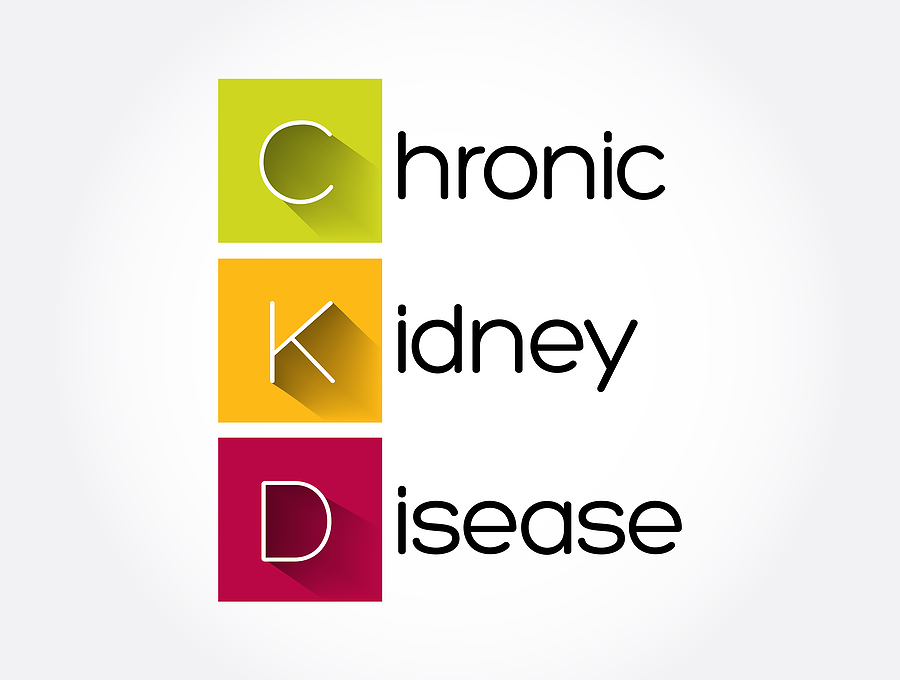Cancer. Few medical diagnoses carry the emotional shock value of that one word attached to any of its various forms. And with good reason. Even as cancer treatments and survival rates continue to improve, cancer – second only to heart disease – remains a dominant killer in the United States [1].
As sobering as that might be, advances in cancer diagnosis and treatment techniques are constantly improving. Survival rates for cancers in general have been improving steadily since the 1970s [2], while those for certain types of leukemia have more than doubled over the same period [3].
Life and flying after cancer treatment
Like most of the 1.7 million people who receive a cancer diagnosis each year [4], there is a good chance you’ll move past the initial shock and treatment phases to embrace life as a cancer survivor.
For pilots, that is just the beginning. Whether you are a professional, who needs a medical certificate to sustain your livelihood, or a recreational pilot who recognizes flying an airplane as an expression of truly living, maintaining your FAA medical certificate after any cancer diagnosis introduces a level of complexity to the medical certification process that you likely have not experienced before.
Describing all the nuances of that process in a single article would be impossible. To begin with, the term cancer itself applies to a wide variety of abnormal cell growth that can affect just about every kind of tissue and organ system in the body. Each one carries with it a different risk of recurrence and has different implications for how it might affect the safety of flight. Trying to lump basal cell carcinoma, a superficial skin cancer that is most often cured with a single surgery, into the same category with more aggressive malignancies that require complex surgeries along with radiation and chemotherapy would defy even the most determined efforts.
Common FAA policies for common cancers
For some of the most common types of cancer that have well-established treatment guidelines, the FAA has streamlined the process. In fact, there are seven different forms of cancer that have been included in the list of, Conditions AMEs Can Issue (CACI). For pilots with a history of cancer involving the bladder, breast, colon, prostate, kidney, testicles, or skin, the Aerospace Medicine Certification Division (AMCD) of the FAA has issued a detailed set of criteria that allow AMEs to issue certificates without waiting for an FAA determination. More on that in future posts.
General guidelines for less common conditions
For cancer that involves other organ systems, or when it has spread to more than one part of the body, the process is more involved. While the FAA has not published set guidelines, a general rule of thumb is that to be considered for a medical certificate, you must be cancer free for five years or more. Any radiation or chemotherapy used for treatment must have ended. The doctors responsible for your cancer treatment and your primary care physician must also submit current status reports that attest to your overall health and cancer remission. The process may seem daunting, but it is not impossible.
Getting back in the air when life is back to normal
The important thing to remember is that being a cancer survivor does not automatically mean the end of your flying career. For the CACI cancer conditions, it might not even delay your FAA medical certification. If you do not meet the criteria for a CACI, but you feel you can still fly safely after a discussion with your doctors, there is still a good chance that the FAA will grant your certificate. For those in that category, make sure to do your homework before scheduling an appointment with an AME. Not all AMEs will be familiar with complex certifications and submitting the right documentation upfront can speed up the process by months or more.
References:
[1] “FastStats,” Jan. 13, 2022. https://www.cdc.gov/nchs/fastats/leading-causes-of-death.htm (accessed May 28, 2022).
[2] “Survival | Cancer Trends Progress Report.” https://progressreport.cancer.gov/after/survival (accessed May 29, 2022).
[3] C. Bailey et al., “Adult leukemia survival trends in the United States by subtype: A population-based registry study of 370,994 patients diagnosed during 1995-2009,” Cancer, vol. 124, no. 19, pp. 3856–3867, Oct. 2018, doi: 10.1002/cncr.31674.
[4] “U.S. Cancer Statistics: Highlights from 2018 Incidence | CDC,” Jan. 21, 2022. https://www.cdc.gov/cancer/uscs/about/data-briefs/no23-USCS-highlights-2018-incidence.htm (accessed May 29, 2022).
Also see:
Protecting Your FAA Medical from VA Disability Mistakes
Basic Med Part 2 – Should you use it
Tracking Your FAA Medical Exam – Using MedXPress
Amnesty for Failure to Disclose FAA Medical Exam
Which FAA Medical Certificate is Right for You?





